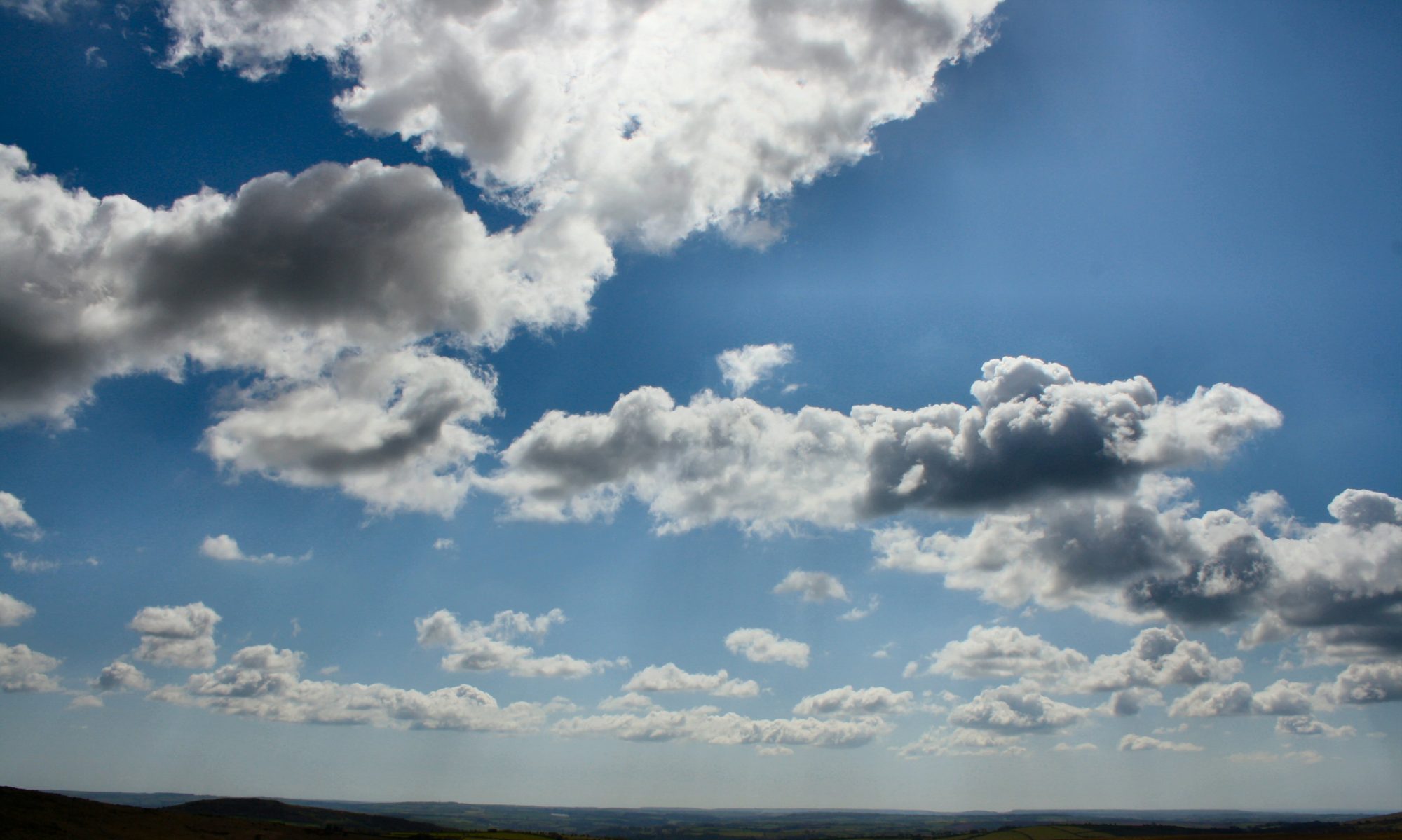
January is a time for new beginnings. We are heading back towards the longer days, the earth rich with autumn’s decaying foliage, ready to spring to life again with the first of the year’s flowers. What better way to celebrate this time than with planting a tree!
We will be giving out free trees from 10am on Saturday 20 January at the Bridford Woodland Park. These trees have been grown as part of the Devon Wildlife Trust Devon Treescapes project. The project is looking to get Devon’s communities, landowners and business involved in combating the threats to Devon’s trees, such as Ash Dieback. There will be a variety of trees available including crab apple, wild cherry, rowan, field maple, hazel, so whether you would like to plant a small hedge or just tuck one in the corner of your garden, please come along and pick a tree up. The trees available are all great for UK wildlife whether this is through its flower’s pollen, it offering a leaf to nibble or nest on, or fruit for hungry birds and mammals.
Trees are available on a first come first served basis, and depending on how many people turn up we may be able to offer up to 20 trees per person. We hope to see you there. There is also a tree hub in Dunsford on 3rd February if you are unable to make the 20th January. If you have any questions, please let us know at wildlifewarden@bridfordvillage.co.uk

